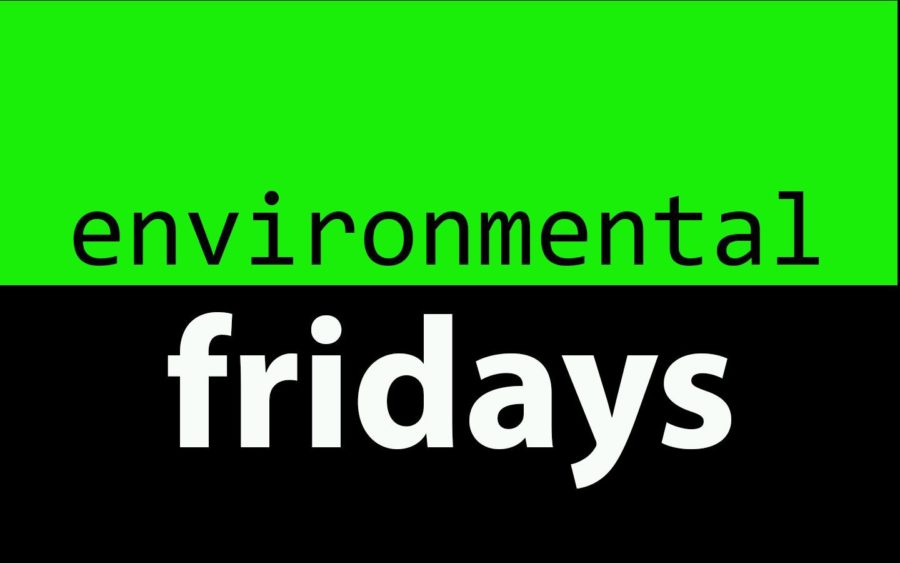Environmental Friday: The IPCC Special Report and why you should care
October 12, 2018
The Special Report on Global Warming of 1.5°C was released by the Intergovernmental Panel on Climate Change (IPCC) on Oct. 8. The prognosis for our planet: not good, but not hopeless.
As students pretty much depend on greenhouse gases for everything from the next ramen run to turning in assignments, here are just a few of the many reasons why we should care and a few ways we can help the effort to keep climate change under 1.5°C.
First, we’ve already reached a rise of 1°C since pre-industrial times, which has resulted in ocean levels rising by 3.2mm per year. This rate has almost doubled since 1993. Kiribati is expected to be the first country completely submerged.
Arctic ice is shrinking at a rate of about 9 percent per year. Conservative estimates have us facing an arctic-ice-free summer by 2100. This in turn contributes to ocean levels rising and, of course, very unhappy wildlife. Polar bears have already moved so far south they’re breeding with grizzly bears to produce “pizzly bears.”
Global warming of 2°C will likely result in all coral reefs dying, whereas 1.5°C rise may leave between 10 to 30 percent intact.
As arctic ice melts, the organic matter that was trapped underneath decomposes and carbon dioxide and methane– a 30 percent more potent greenhouse gas– are released. This results in greater Greenhouse Effect, perpetuating the warming cycle.
People are losing their drinking and farming water supplies enmass. As glaciers melt, flows of freshwater that people once relied upon are dwindling. In Peru, one community is so desperate they are resorting to painting the mountains white to increase reflection of the sun’s rays.
Climate change is expected to cause 250,000 additional deaths per year, from malnutrition, malaria, diarrhea and heat stress.
According to the IPCC Special Report, global emission of Carbon Dioxide would need to fall by a whopping 45 percent by 2030 to prevent catastrophe. Here are ways that students can help to achieve these ambitious goals:
Eat less meat. Livestock production accounts for approximately 14.5 percent of greenhouse gas emissions. A global drop of 30 percent in meat consumption is what the IPCC suggests.
Advocate for and use power sources other than coal– the IPCC states we need to burn one-third of the coal we do now by 2030 to stay on track.
Offset your carbon footprint. Use the EPA Carbon Footprint Calculator then invest in projects that reduce carbon emissions/produce clean energy. This website has several tips for the best carbon offsetting websites.
Do your research on products you buy. Use this link to only buy products from zero-deforestation supply chains.
Invest in smart thermostats, more efficient air conditioners and more sustainable lighting. This site provides suggestions.
Carpool or use alternative transport. Research shows that not using a car can account for more than nine times the amount of CO2 saved than changing light bulbs.
Make some noise: Educate others and stay up to date. Individual efforts all contribute, but 71 percent of global greenhouse gas emissions since 1988 can be traced back to just 100 fossil fuel companies. Become aware so you know your options to vote for politicians whose platforms involve limiting these companies.
According to the IPCC report, we have only 12 years to change our habits or mass suffering will result. So let’s do our part for the polar bears, and benefit the entire human race on the side.



























































































































































